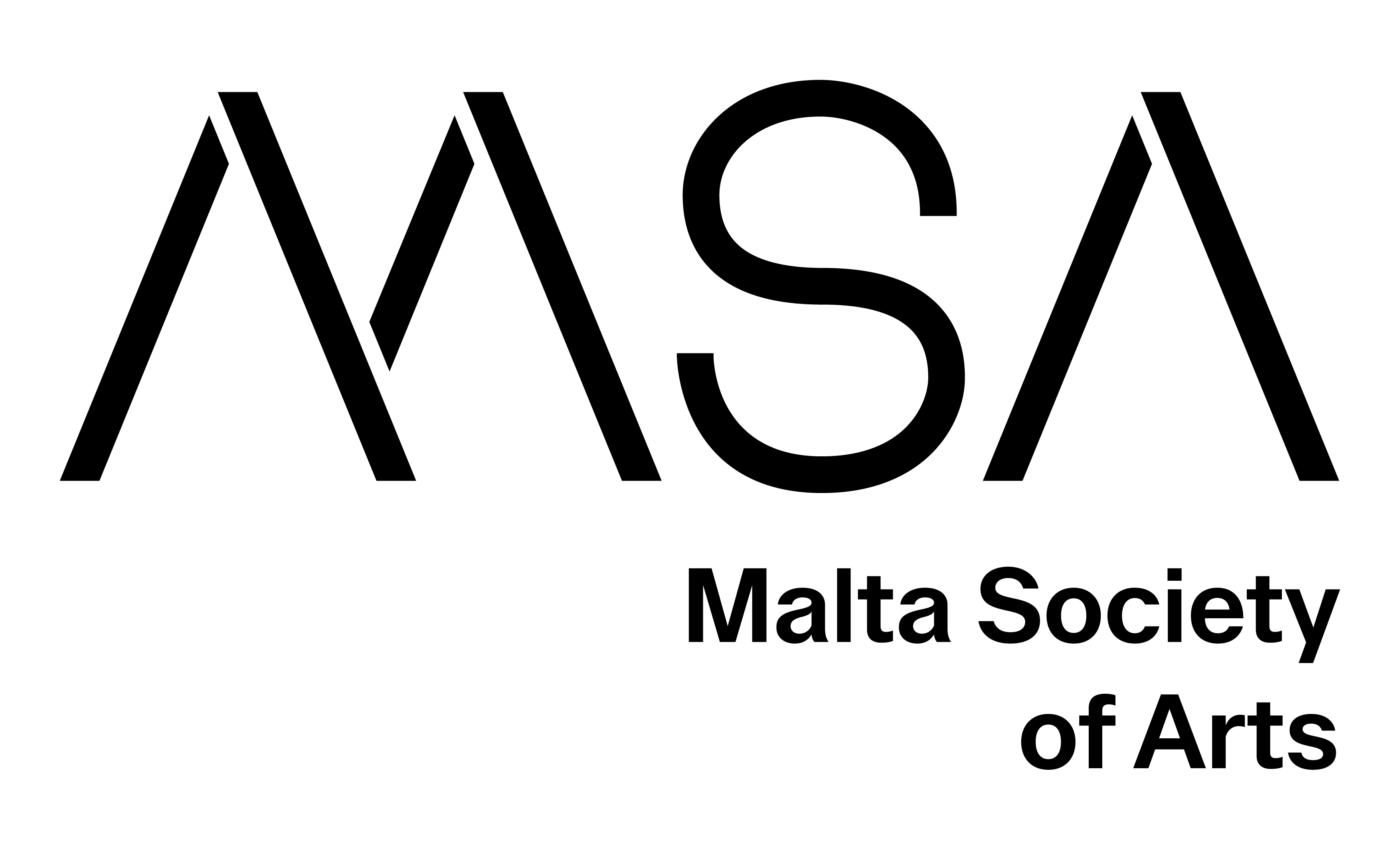For centuries, rites of passage have been a particular time when something exceptionally transformative happens in a person's life. He cannot hold or divert it back but must prepare for it. Art history contains examples of how certain taboos, norms, commands, precautions, and teachings are imparted from childhood. They can be expected and carefully prepared early on. However, what happens when an unexpected turn comes that changes the whole world in a short time?
Traditional art, centuries-old archaic cultures, and folk art consciously use colors, signs, and ornaments that must be consciously used when moving from one important life event to another. Transitions from one time, from one stage of life, and from one status or state to another are a crossroads in time. If liminality renders the conventional orientation ineffective, the conventional also turns out to be impractical and appropriate.
Extraordinary times call for special attention. Therefore, the traditional communities have practiced arts related to liminal states and times, which are analytically regulated as rites of passage. Estonia has two unique cultural regions (Kihnu Island and Setomaa), where ornaments composed of religious symbols and witch marks composed in sign language are still in active use. In Kihnu Island and Setomaa, the art of the holy transition and transformation is preceded by a time of preparation, followed by transformation and rebirth. The use and recognition of these signs in the design of the virtual future give a new meaning to the taboos and norms of a specific value system in the post-pandemic world.
Since the pandemic, a new generation of computer science innovation students has gained an exciting understanding of using old witchcraft patterns in virtual reality. Art tradition used for a rite of passage is translated into virtual space, and a novel rebirth of taboos and transcendental transformation is created.
The new generation looks at the past with a new look, but some abstract value connections are created in the new transcendental layers of change, memory layers of virtual wisdom. Invisible becomes visible.
Kärt Summatavet (Ph.D. [Taiteen tohtori]) is an artist and educator currently working at the Institute of Computer Science of the University of Tartu. She graduated in Tallinn (Estonia) as a metal artist (1982-1987) and did her doctoral dissertation in Finland in the Department of Design at the Aalto University in Helsinki (1998-2005). She is a researcher, project manager, expert in education and creative industries, designer- entrepreneur, educator, and innovator who has published many books and academic papers. Her research focuses on oral history, creativity, culture, tradition and innovation, history of art and science. Kärt Summatavet exhibits since 1986. Her work has been exhibited in galleries and museums in the USA, England, Belgium, Germany, Russia, Finland, Norway, Sweden, France, Italy, Hungary, Austria, Poland, Latvia, Slovenia, China, Korea.
Back







